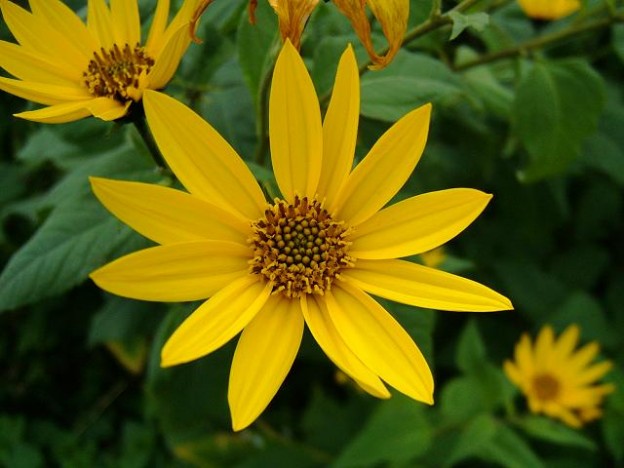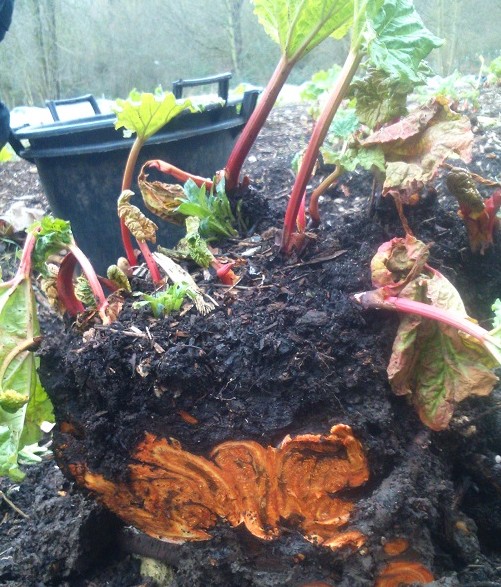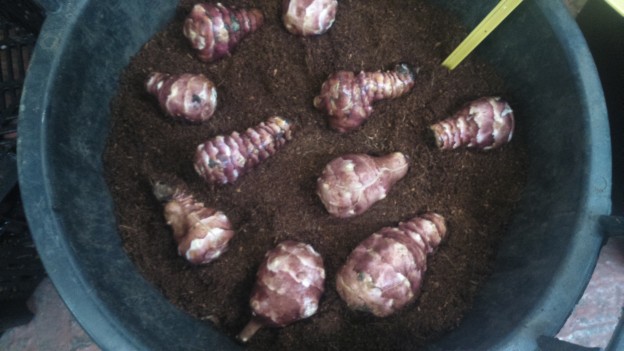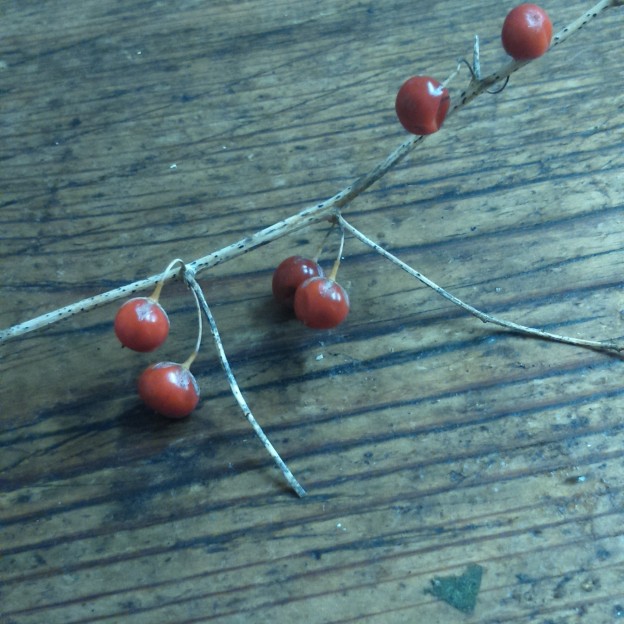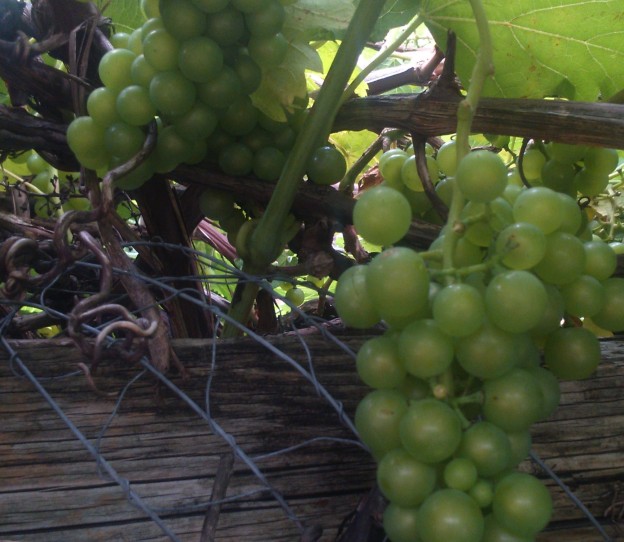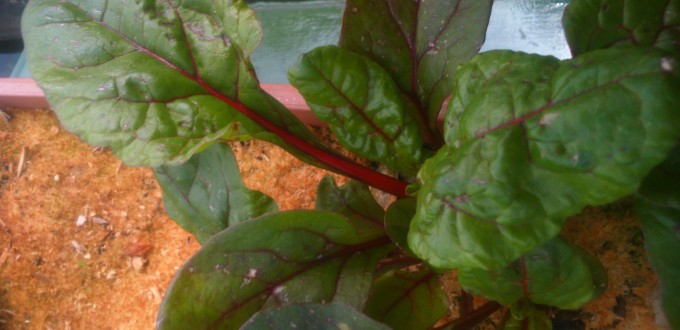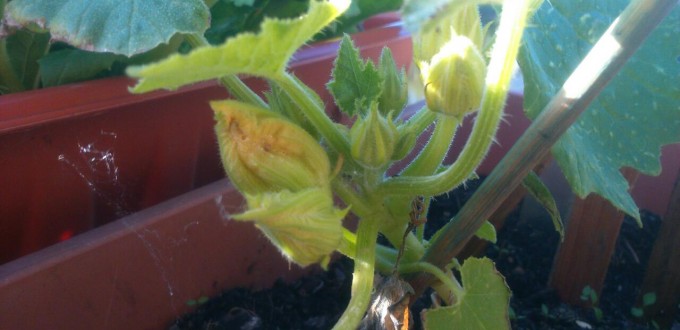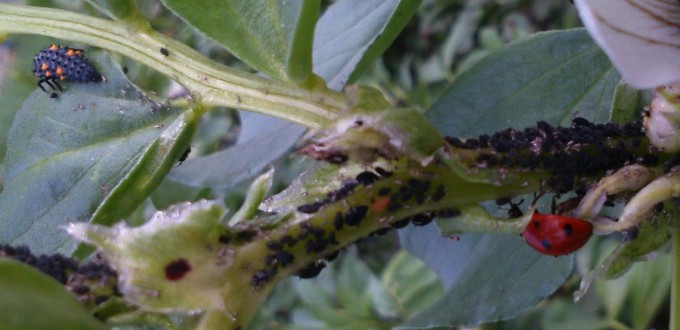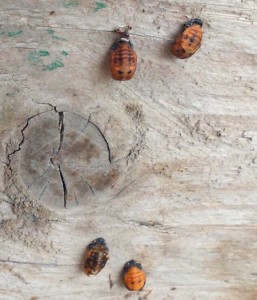Spring is beginning to raise its beautiful green head above the parapet and with it our green fingers begin to itch to get in the soil. Winter time is a great time to plan your next gardening adventures and in case you have a wee bit more room in your beds, I’m going to sing the praises of Jerusalem Artichokes.
They’re Beautiful. Even someone as dedicated to the mantra of “everything must first be edible and useful” will admit, it is difficult not to smile when the sunny yellow heads of this Sunflower relative are in bloom.
Protection and improvement of cropping. Standing at up to 2m tall Jeruselums make an excellent semipermeable wind break for your less wind tolerant crops. Planting these in a row on the winds prevailing side can shelter more delicate crops and help increase yield.
Crop well with little fuss. Every gardener needs a crop that is less fussy and provides abundance whilst being low maintenance. These guys are it.
Easy to harvest. Once the tops begin to turn golden and the bite is in the air all you need is a fork to lift the lovely tuber and brush off excess mud.
Grade A hotels. Once harvested the stems of the plant should be left in situ. Their hollow stems make great over wintering “hotels” for our beneficial insect friends. This gives your garden a head start in the spring as your good guys are in the correct geographical region to nip out any of the bad guys who have overwintered in your soil. After the risk of frost has passed, the insects will have moved out of the stems, the stems can then be added as an excellent carbonaceous element to your compost pile, completing the circle.
An excellent alternative starch. Jerusalem Artichokes are very versatile in the kitchen and their lightly nutty taste is quite a winner. They can be grated raw as part of salad, sliced and lightly steamed to add crunchy to a stir fry, pureed or scrubbed and roasted with rosemary and sea salt as an attractive side. Some people do experience wind with eating them, so it is best to eat small amounts at any one time.
